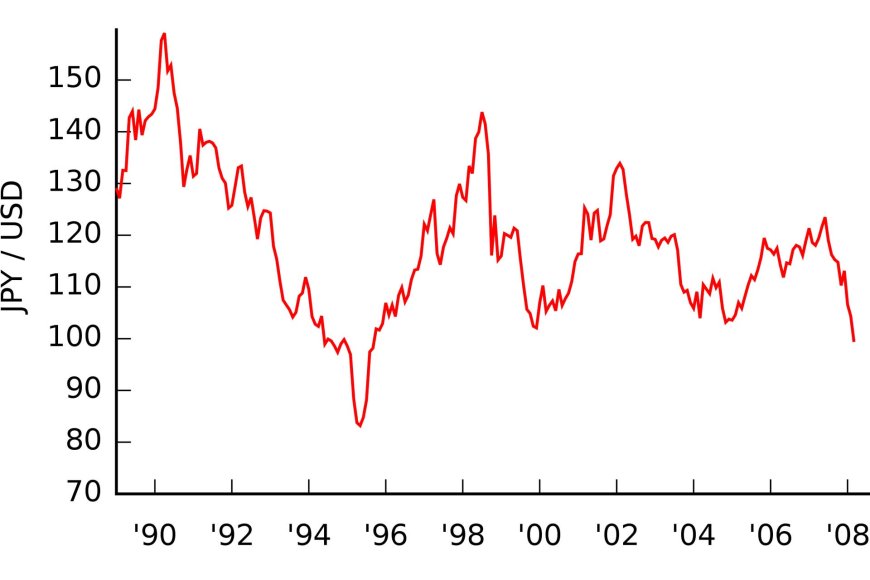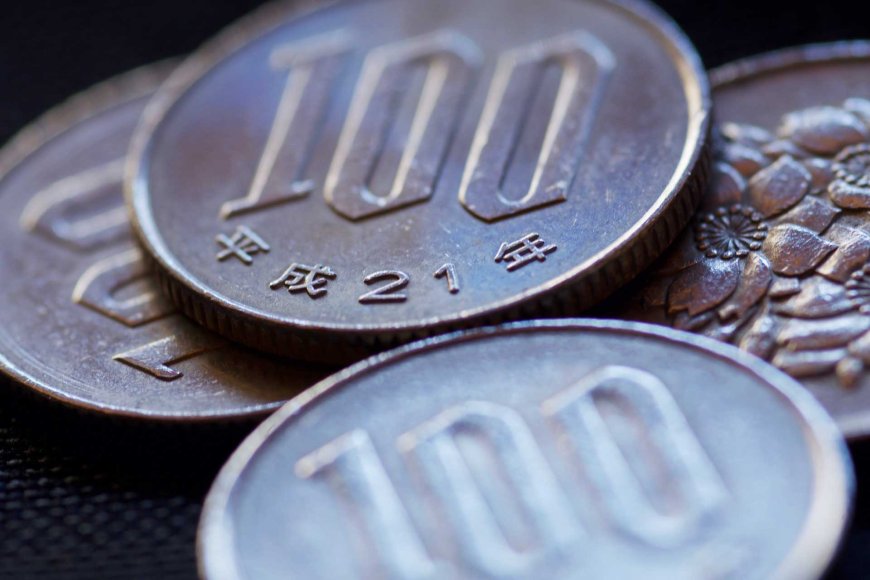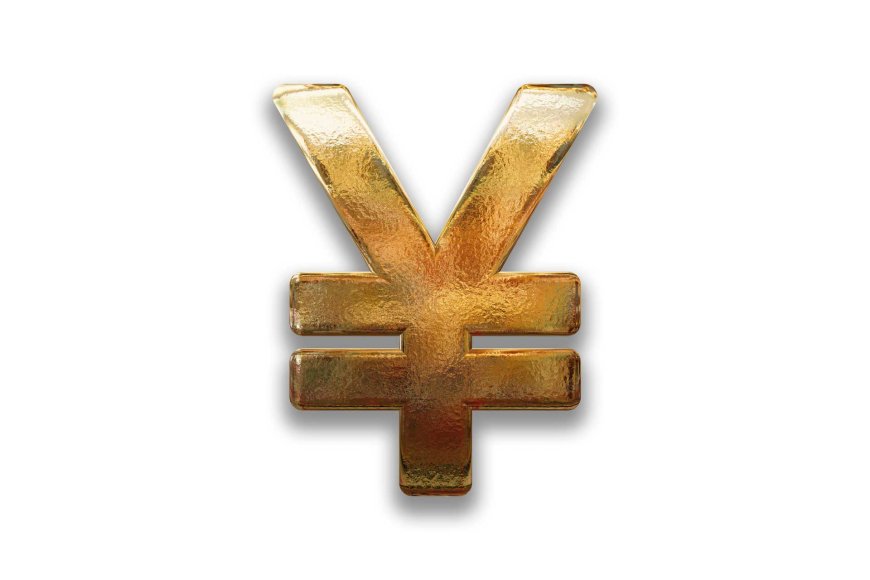The Impact of the Japanese Yen's Decline on Everyday Life
The decline of the Japanese yen isn't just a headline; it's a reality that impacts the lives of ordinary people.

The Rollercoaster Ride of the Japanese Yen
Amidst the tumultuous currents of global currency markets, one currency has consistently captured the attention of investors and economists alike: the Japanese yen. The yen has been in continuous decline since 2021 and spiraled back to where it stood in 1990, an era marked by Japan's notorious "bubble economy" burst. At its lowest point, it briefly hit 160 yen to the US dollar on April 26, 2024, a far cry from the 100 yen mark just a few years ago.

The Purchasing Power Predicament
For everyday citizens, the weakening yen translates to a direct hit on their purchasing power. As the yen depreciates, the cost of imported goods rises, from everyday essentials like groceries to larger purchases like electronics and automobiles. Suddenly, the same amount of money buys less, putting a strain on household budgets and forcing families to make tough choices about where to allocate their funds.

Exporters and Importers
While a weaker yen spells trouble for consumers, it's a boon for Japanese exporters. With their goods becoming more competitively priced on the global market, exporters enjoy increased demand and higher profits. However, the story isn't as rosy for importers, who face the double whammy of higher costs for foreign goods and stiff competition from cheaper overseas alternatives. This divide in fortunes underscores the complexity of Japan's economic landscape and the ripple effects of currency fluctuations.

Tourism Thrives, but at What Cost?
As the yen's value takes a nosedive, tourists flock to Japan, enticed by the prospect of their dollars, euros, or yuan stretching further than ever before. From iconic landmarks to culinary delights, visitors revel in the affordability afforded by the weakened yen, fueling a tourism boom across the country. Yet, beneath the surface lies a less glamorous reality: while tourism thrives, domestic consumption struggles, with locals grappling with higher prices and stagnant wages. The dichotomy between the tourist experience and the everyday lives of Japanese citizens highlights the complex interplay between currency dynamics and socioeconomic factors.

Navigating the Financial Landscape
In the face of economic uncertainty, ordinary citizens are left wondering how best to navigate the financial landscape. From budgeting wisely to seeking out local alternatives, there are steps individuals can take to mitigate the impact of a weakening yen on their daily lives. Embracing frugality, exploring new sources of income, and staying informed about economic developments can empower individuals to weather the storm and emerge stronger in the face of adversity.

The Ever-Changing Economic Landscape
The decline of the Japanese yen is more than just a matter of numbers on a screen; it's a reality that shapes the everyday experiences of people across Japan. From the supermarket to the stock market, the ripple effects of currency fluctuations are felt far and wide.

Find Cheap Flight Tickets to any Destinations in Japan and the Philippines
Nipino.com is committed to providing you with accurate and genuine content. Let us know your opinion by clicking HERE.






























































